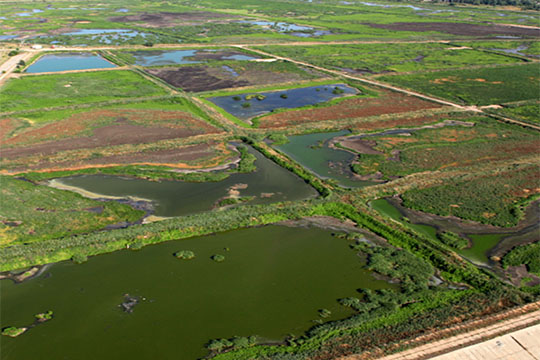
In the process of wastewater treatment, at the stage of biological treatment, a large amount of excess activated sludge is constantly formed. Sediments from mechanical treatment, biocoagulation, and flotation wastewater treatment are also formed.
Activated sludge is dark brown or gray flakes, up to hundreds of micrometers in size. Its composition is dominated by organic matter – up to 70%, and the remaining 30% is solid particles of an inorganic nature. The composition of activated sludge directly depends on the type of wastewater. The species composition of the biocenosis is the simplest microorganisms (bacteria, fungi, worms, etc.).
Excess activated sludge must be periodically removed and stored in special areas (sludge cards).
The main difficulties in the further accumulation and storage of this waste are:
- Contains a high amount of moisture, which increases volumes and leads to the process of sludge rotting
- Emissions of harmful substances into the atmosphere accompanied by the presence of an unpleasant odor
- Content of pathogenic microorganisms
In this regard, huge areas and resources are required for sludge storage. Existing sites are rapidly overflowing with waste, thereby exponentially increasing the negative impact on the environment, poisoning the soil and ending up in groundwater.

AGI Tech technology allows for a comprehensive approach to solving the problem of processing and disposal of excess sewage sludge.
